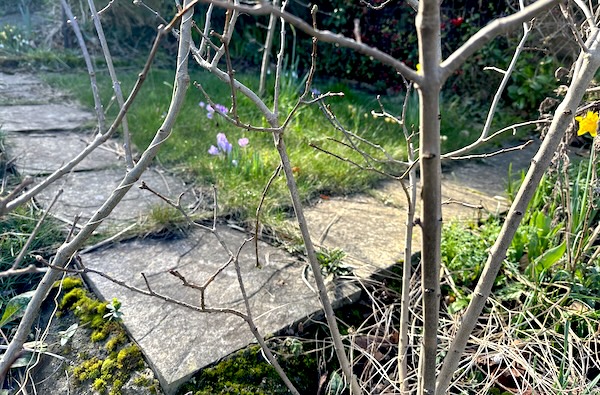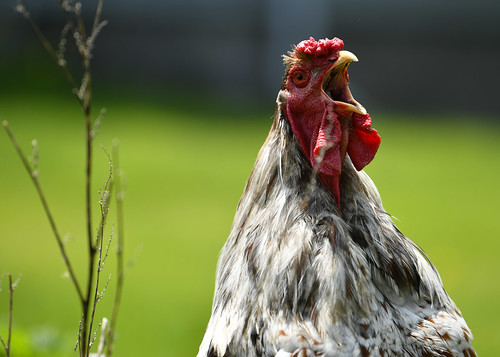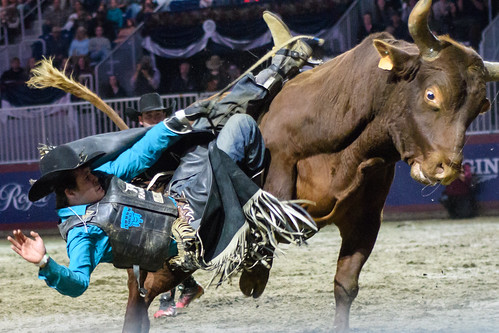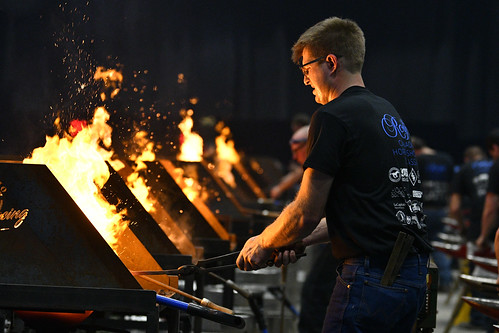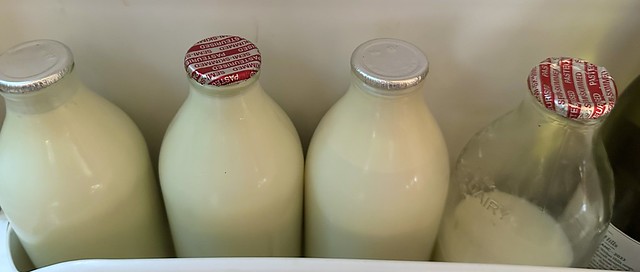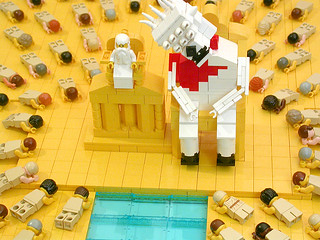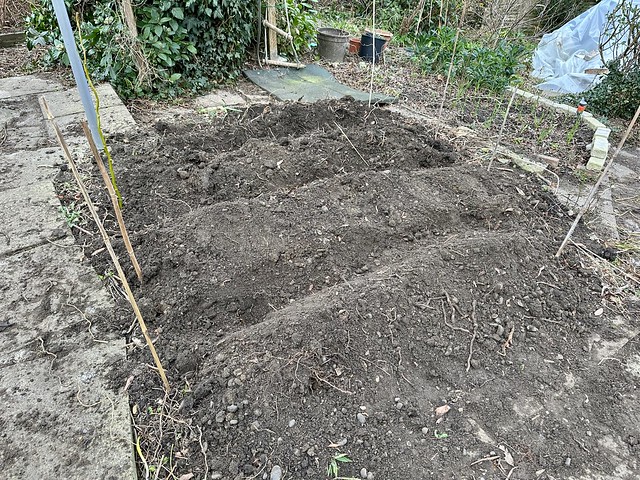In a surprising twist, here are my top 10 photographs from 2023… only a couple of months into 2024! As usual, they also live in a Flickr set that you can explore here.
Craig McRae, Royal Agricultural Winter Fair (November)

One of a number of performers to appear on the OLG Entertainment Stage during the ten days of The Royal. The foreground blur is courtesy of a display case of award-winning foodstuffs – specifically, maple syrup bottles.
Avalon Stone, Maxwell’s, Waterloo, Ontario (February)

Avalon is a singer I first met in 2022, as one of the artists participating in the Canadian Musicians Co-Op. This show was from a large club about an hour away from where I live, with Avalon on a bill with three other local bands. If it looks like she’s ripping the roof off the club with her voice – she is. Blues-rock at its best.
Roo the Rooster (May)

Another local vocalist. Legend has it that this brave fellow chased off a coyote. I certainly wouldn’t mess with him.
Newgarden vs. Rahal, Honda Indy Toronto (July)

Team Penske’s Josef Newgarden gets past Graham Rahal of Rahal Letterman (yes, that Letterman) Lanigan Racing at turn 5 of the Streets of Toronto IndyCar circuit. The race was won, in a bit of a surprise, by first-time-winner Christian Lundgaard, also driving for RLL.
Bull Riding, Royal Rodeo (November)

One of the highlights of the Royal Agricultural Winter Fair is the Royal Rodeo on the last day – and one of the highlights of the rodeo is the bull riding. The riders are equal parts brave, athletic, and completely unhinged – but undeniably fun to watch.
The Petras, backstage, Horseshoe Tavern, Toronto (September)

It may be an indication that you’ve reached a certain age, when your best friend from high school’s daughter finds herself in her band’s big-city debut. In this case, at the legendary Horseshoe Tavern on Toronto’s trendy Queen Street West. Close your eyes backstage and you might imagine being back in the days when The Rolling Stones, The Police, The Pixies, or a host of other bands played here. Open them again and you’d see The Petras, kicking back before headlining the evening. Read more about the Horseshoe’s storied history here.
Daniella Kistemaker, Orillia Opera House (August)

Another co-op performer – isolated in this photograph but actually on stage with a full-on rock band. Yes, there is such a thing as rock-and-roll harp, and Daniella is one of its ambassadors.
“Don’t Call Me At A Party” single release – Liam Benayon, Cameron House back room, Toronto (April)

Another independent musician at another storied Queen Street West venue. Liam packed out the back room (possibly slightly exceeding its allowable capacity) to debut his new single. I’ve photographed Liam on a few occasions, and he always brings a ton of energy to the stage, as well as some truly impressive hooky pop songwriting. And when you know the artist, you can sometimes hop up on stage for this kind of post-performance photo.
Farriers, Royal Horseshoeing Classic, Toronto (November)

For the first time, this horseshoeing competition made its way to The Royal, and I hope it comes back. The challenge is to fabricate a horseshoe to exacting specifications, starting with a steel bar, in only an hour. It’s great fun to watch and visually very striking – even if my clothes and all my camera gear smelled like forge smoke by the end of it.
Feura, Queens Hotel, Barrie, Ontario (October)

Yet another co-op musician, although in this case I met Feura initially through another favourite co-op performer (and, because everything must be connected, Liam Benayon was also at that show). Fast forward 16 months or so and here’s Feura again, bringing their high-energy, politicized, pop-punk music to the stage, opening for two other bands (one screamo metal, the other ska-punk). Feura has rapidly become my favourite act to photograph live, because of the amazing energy of their live show.
Bonus – Northern watersnake (Nerodia sipedon sipedon) (August)

Common in this part of the world, these snakes get to be about a metre long, and are well known for their curiosity about people. It’s not unusual to find one swimming up to you while you’re taking a dip in a lake, just to take a look and see what you’re made of. This particular one was sunning itself on the dock at the cottage, and very obligingly posed for a photo or two. You can read a little more about these snakes here, if you like.
And that’s it! Heavily biased towards live music and The Royal, with a taste of motorsport in there (because why wouldn’t there be?). And a rooster and a snake, because I like them. 2024’s photographic journey is off to a very slow start, unfortunately… with only some from the very earliest few minutes of the year so far. Time to pick up some cameras and get out shooting again!



